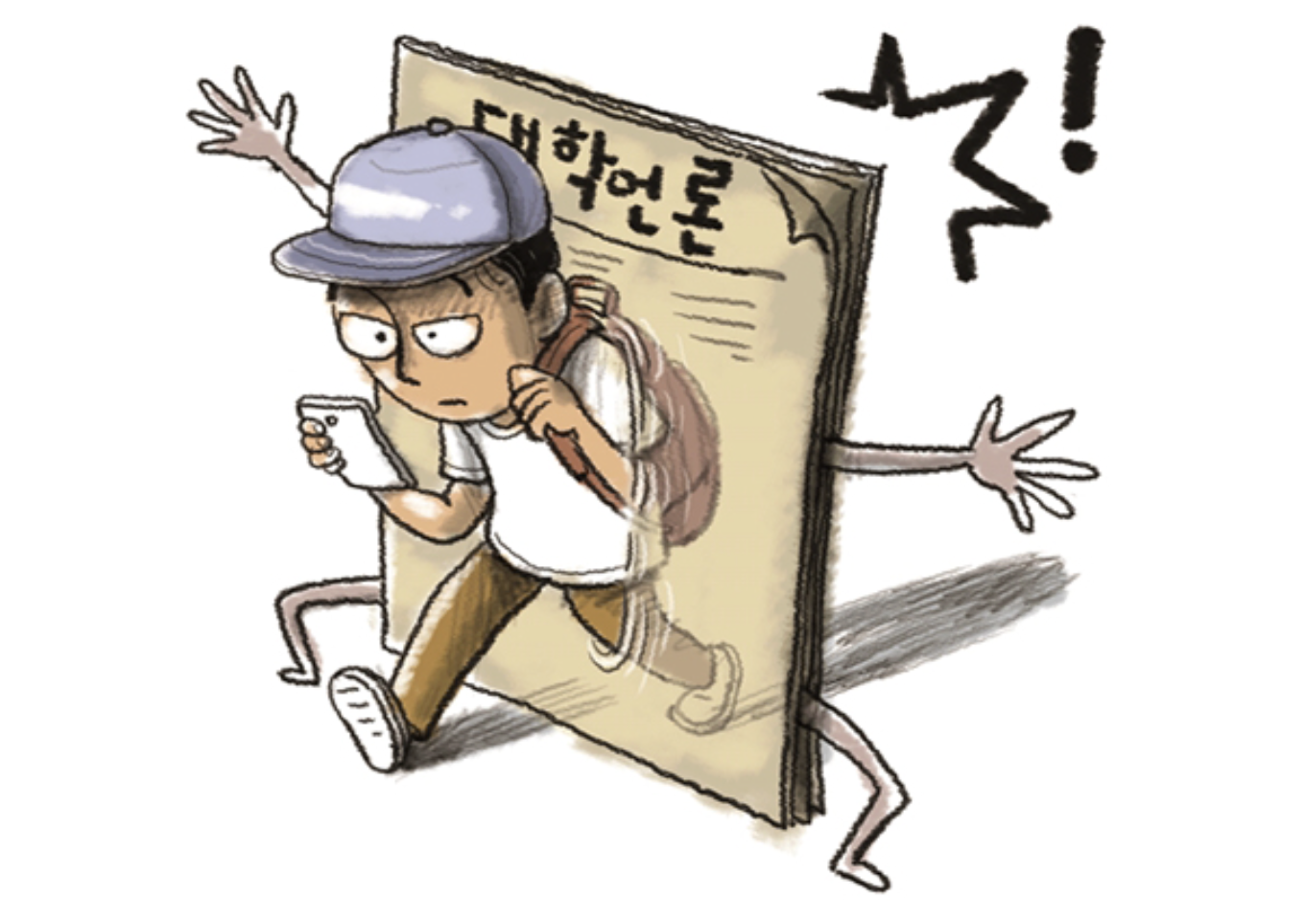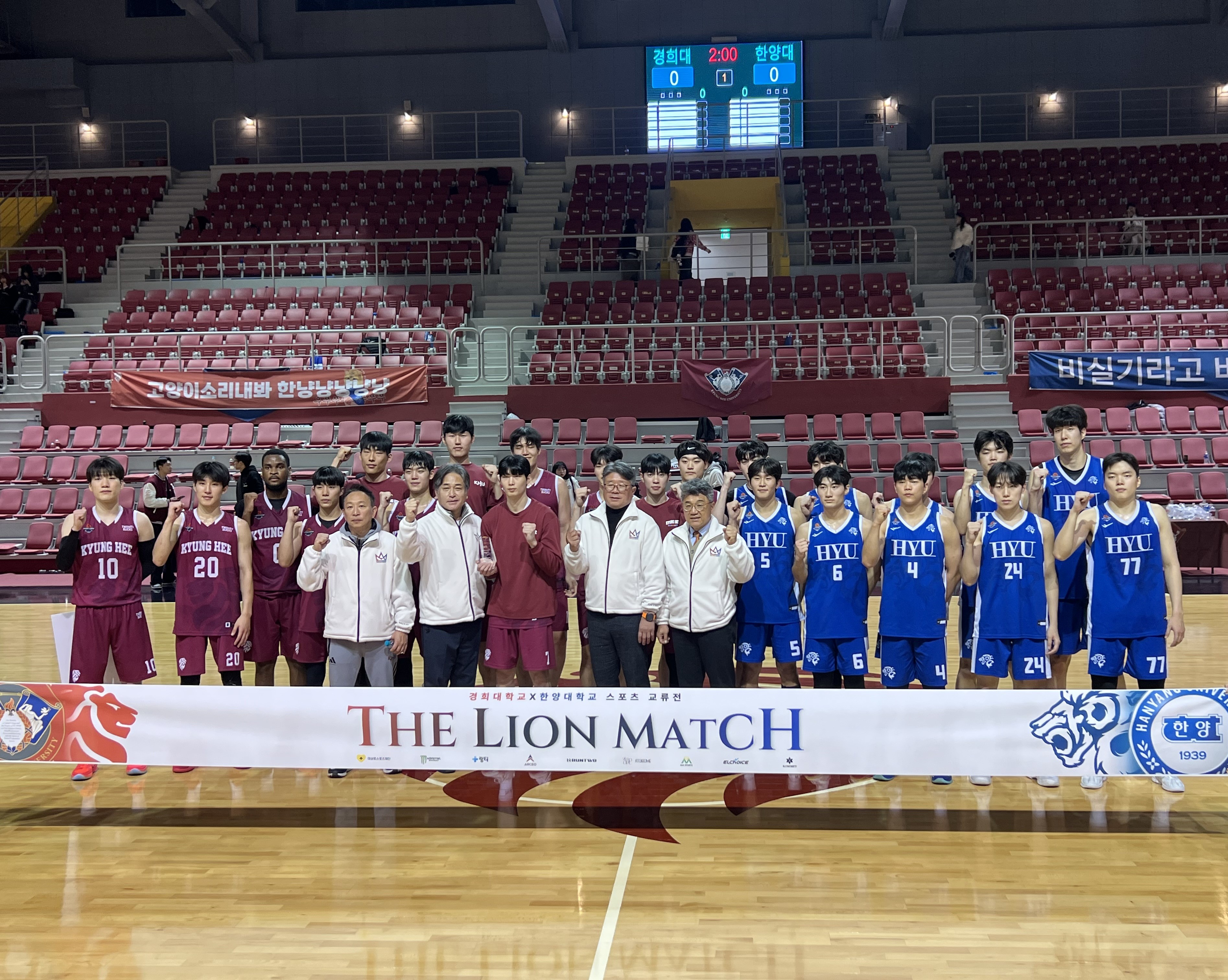[Culture] Exploring Ceramics, Nature, and Conscious Living in Sim Da-eun’s “Humanrock”
A remarkable exploration of ceramics, nature, and conscious living takes center stage as an artist Sim Da-eun shines a light on her life’s journey through the captivating solo exhibition “Humanrock”. At Kyung Hee University (KHU), Sim’s artistry in ceramics has thrived.
The exhibition and interview, spotlighting the works of Sim, illuminates her life journey and her remarkable solo exhibition. Having graduated from KHU, Sim’s ceramics artistry has thrived through a series of exhibitions, offering a profound insight into her philosophy and creative process.
“Humanrock”, part of the 2023 The Korea Craft & Design Foundation (KCDF)’s Crafts and Design Competition, graced the KCDF Window Gallery in Insa-dong from June 28 to July 23. Drawing on her expertise in ceramics, Sim ingeniously repurposes discarded ceramic waste into novel forms of rocks that can ultimately reintegrate into the earth. This exhibition serves as a contemplation of human interaction with nature and ecological role.
Artist’s Lifelong Journey
The University Life interviewed Sim to gain insight into her artistic voyage and philosophy. In the interview, Sim intimately shared the insights into her artistic voyage and philosophy. Her initial introduction to ceramics was by chance, yet it fostered a passion for the malleable medium and the joy of sculpting. Her artworks embody the aesthetic of unearthing beauty through simplicity and purpose.
Her choice of ceramics during her undergraduate years was accidental, but a series of experiences gradually nurtured her abiding fascination and delight in the subject. The artist’s approach to her craft and conscientiousness about nature reflects a deep-seated environmental awareness. This commitment to sustainability is also evident in her participation in the eco-conscious exhibition “Forms of Thought”, showcasing her dedication to recycling and upcycling.
Q. What is it about ceramics that resonates with you?
A. Clay’s natural properties facilitate tactile interaction. Despite the added variables during the creation process, the intriguing texture makes crafting diverse forms enjoyable. Ceramics are also intimately entwined with our lives, present in our surroundings. Grasping their origins and observing their manifestation captivates me. The process of crafting these materials, which we encounter all around us, has sparked curiosity in understanding their creation.
Q. Your works seem to epitomize the concept of revealing. Your affinity for the environment is palpable in your art.
A. I frequently evaluate what is unnecessary and essential in my daily life, aiming to break free from the routines. My focus is on an improved way of living, not just sticking to habits. I extend this to decluttering both my living and workspace. While I may not have wholly embraced minimalism, it is an aspiration for waste reduction. In “Humanrock”, I aimed to explore these aspects. As art is a significant part of my life, I consider not only daily existence but also how my work can reduce waste. This approach shapes my artistic pursuits and daily routine.
Transforming Waste Pottery into Sustainable Cycles
“Humanrock” reveals the interdependence of humans and the environment by reshaping discarded ceramics into rocks that return to the earth, reshaping ideas of waste. Sim’s dedication to sustainability and resource circulation is further evident in her eco-conscious exhibition “Forms of Thought”, where she finds value within categorized waste materials, championing recycling and upcycling. Her journey embodies deep introspection, exemplifying art’s role during challenging times.
Q. What motivated your focus on discarded ceramics?
A. Ceramics use often leads to significant waste, especially during production, which is often discarded as industrial refuse and ends up in landfills. This realization dampened my enjoyment of ceramics. During my final year at KHU, while preparing for a graduation exhibition, the sheer volume of waste I generated struck me. This realization compelled me to live more intentionally, addressing the waste issue beyond the art’s gratification.
Q. You have mentioned being conscious of waste generated during plaster slip casting. Can you quantify the waste volume from that period?
A. I have since modified my process to drastically minimize waste. However, in the past, during periods of intense production, I recall generating approximately 25 kilograms of waste weekly, and at one point, even a staggering 100 kilograms in a day. This included ceramics waste and waste from plaster molds and related production elements. Encountering such waste was a jolting experience, making me acutely aware that I generate more waste than my own body mass.
Q. Are the ceramics in the exhibition designed to eventually return to the earth? What becomes of the ceramics post-exhibition?
A. I did not expect them to be taken apart and immediately integrated into the earth. Ceramics possess enduring qualities. While they will not promptly disintegrate, they will naturally merge with the earth over time, transforming into rocks.
Sim’s Artistic Perspective
Sim’s dedication to the environment resonates through her work. Throughout her artistic process, Sim engages in profound introspection, perpetually questioning herself. Her journey visualizes the ethical interplay between humans and the environment.
Q. What takes precedence when showcasing your works?
A. One of the utmost priorities I hold while engaging in artistic endeavors is to maintain the concept of human throughout the continuum of creating and presenting. In every step of the process, I strive to avoid exclusionary cycles and mere pursuit of pleasure. I seek to establish a consistent thread of work that transcends fleeting moments, rather than squandering resources for a single exhibition. Take the “Humanrock”, for instance, it epitomizes this notion. My focus is not solely fixated on the act of exhibiting; I extend my contemplation to the post-exhibition period as well. However, I am mindful not to become consumed by this idea, ensuring that I do not lose sight of the joy along the way.
In the coming years, Sim aims to extend her focus beyond exhibitions, embracing more collaborative plannings. Building on the success of “Humanrock”, she aims to create new, innovative artworks inspired by her experiences and ideas, pushing the boundaries of traditional exhibitions. This shift underscores her commitment to fresh, unconventional forms of artistic expression that resonate with a wider audience.
Sim values materials in their microscopic essence and cherishes discarded ceramics and rocks more than their seamless counterparts. She underscores ceramics’ allure as an art form entwined with daily life, capable of effectively conveying concepts. While her contribution to reducing waste might not bring immediate change, she tries to avoid becoming just another drop in the ocean of ceaseless production. While the transformation of overwhelming waste into something new remains uncertain, “Humanrock” prompts people to acknowledge their vulnerability within the elemental cycle of nature.
There are no registered comments.
- 1
- 2
- 3
- 4
- 5
I agree to the collection of personal information. [view]






